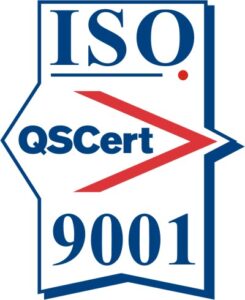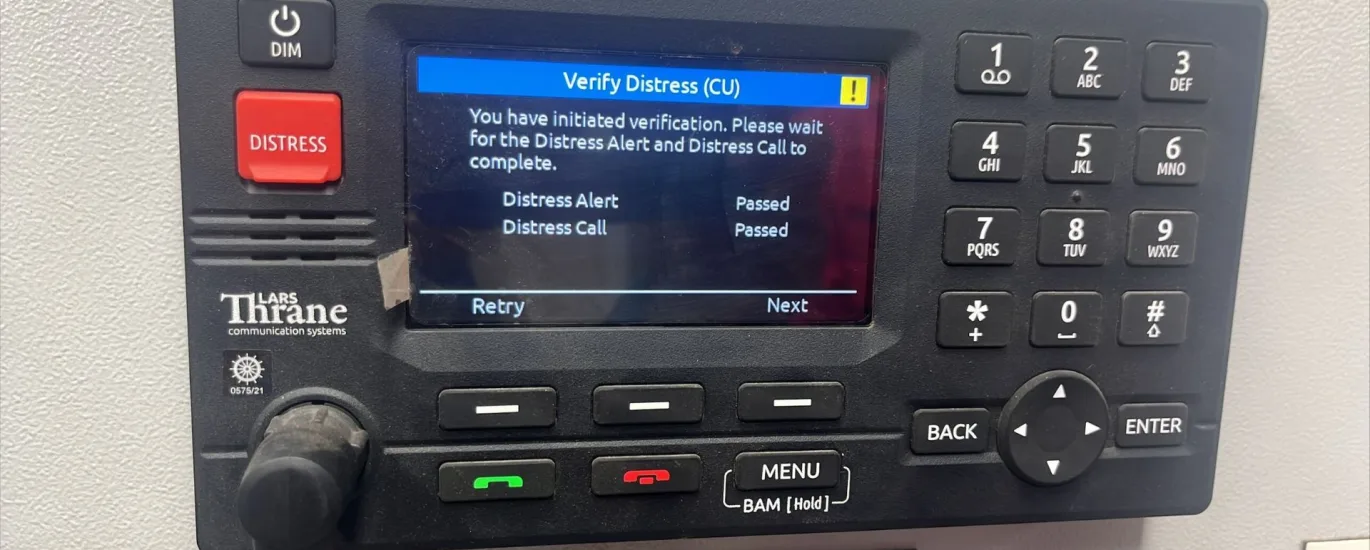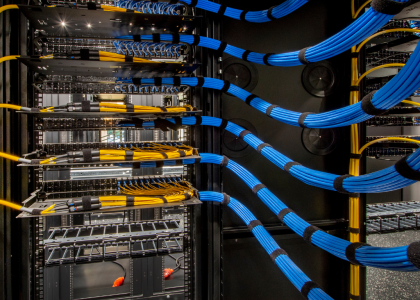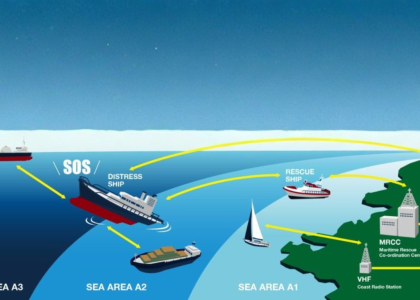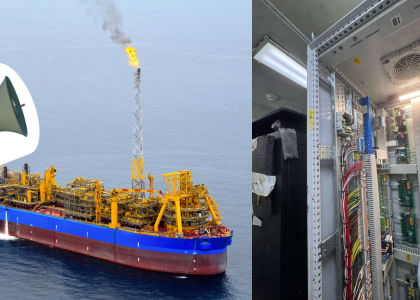At the core of the Iridium network is the Iridium terminal, the interface through which users connect to the satellite constellation. Whether deployed in maritime environments, remote expeditionary missions, or disaster relief efforts, the Iridium terminal serves as the lifeline for communication where traditional networks falter.
History of the Iridium Terminal
Iridium satellite communication system is a groundbreaking system that facilitates seamless communication even in the most remote corners of the globe. The story of Iridium begins with a visionary concept to create a truly global satellite communication network. Conceived in the late 1980s, the Iridium project aimed to overcome the limitations of traditional terrestrial networks by establishing a constellation of low-Earth orbit (LEO) satellites that would provide ubiquitous coverage across the planet. Named after the element with atomic number 77, Iridium promised to revolutionize communication on a global scale.
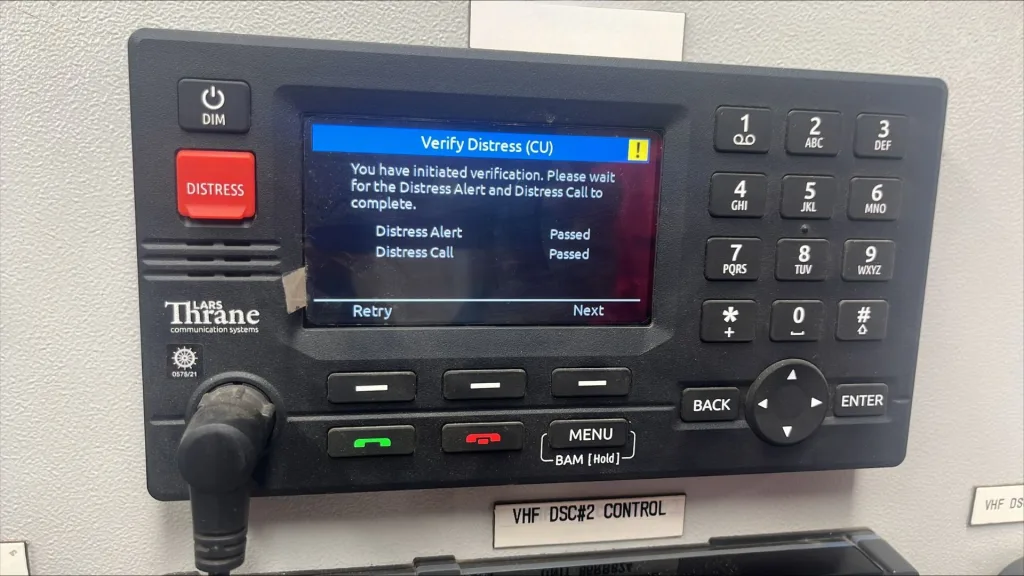
Key Components and Functionality
Handset or Transceiver Unit
The terminal typically consists of a handheld or fixed-mount transceiver unit equipped with an antenna for communication with the Iridium satellites. These units come in various forms, catering to diverse needs ranging from personal communication to professional and industrial applications.
Antenna System
Crucial to the terminal’s operation is its antenna system, which facilitates two-way communication with the Iridium satellite constellation. These antennas are designed to optimize signal reception and transmission, ensuring reliable connectivity even in challenging environments.
Data Interface
Iridium terminals are equipped with data interfaces that enable users to connect various devices, including smartphones, laptops, and IoT sensors, to the satellite network. This versatility allows for a wide range of applications, from sending emails and conducting voice calls to tracking assets and gathering real-time data.
Power Supply
Given that many Iridium terminals are deployed in remote locations without access to conventional power sources, they are designed to operate efficiently on battery power or alternative energy sources such as solar panels. This ensures uninterrupted communication even in off-grid environments.
Applications: Maritime Communication
Where traditional communication networks often falter, Iridium terminals emerge as indispensable lifelines for maritime communication. Leveraging the extensive reach of the Iridium satellite constellation, these terminals provide seafarers with reliable connectivity regardless of their location. It ensures seamless communication between ships, shore stations, and emergency responders. From cargo vessels navigating remote trade routes to offshore oil rigs operating in the depths of the sea, Iridium terminals serve as vital tools for maintaining contact, transmitting critical data, and coordinating maritime operations.
Beyond routine communications, Iridium terminals play a crucial role in enhancing maritime safety and security. With features such as real-time tracking, distress alert capabilities, and emergency voice communication, these terminals empower sailors to respond swiftly to emergencies, mitigate risks, and summon assistance when needed.

Talk to An Expert
The versatility and reliability of Iridium terminals have led to their widespread adoption across diverse industries and sectors. Team Vivo Asia is well versed in industry specific requirements and regulations in the installation of iridium terminals. Contact us to discuss your requirements.



